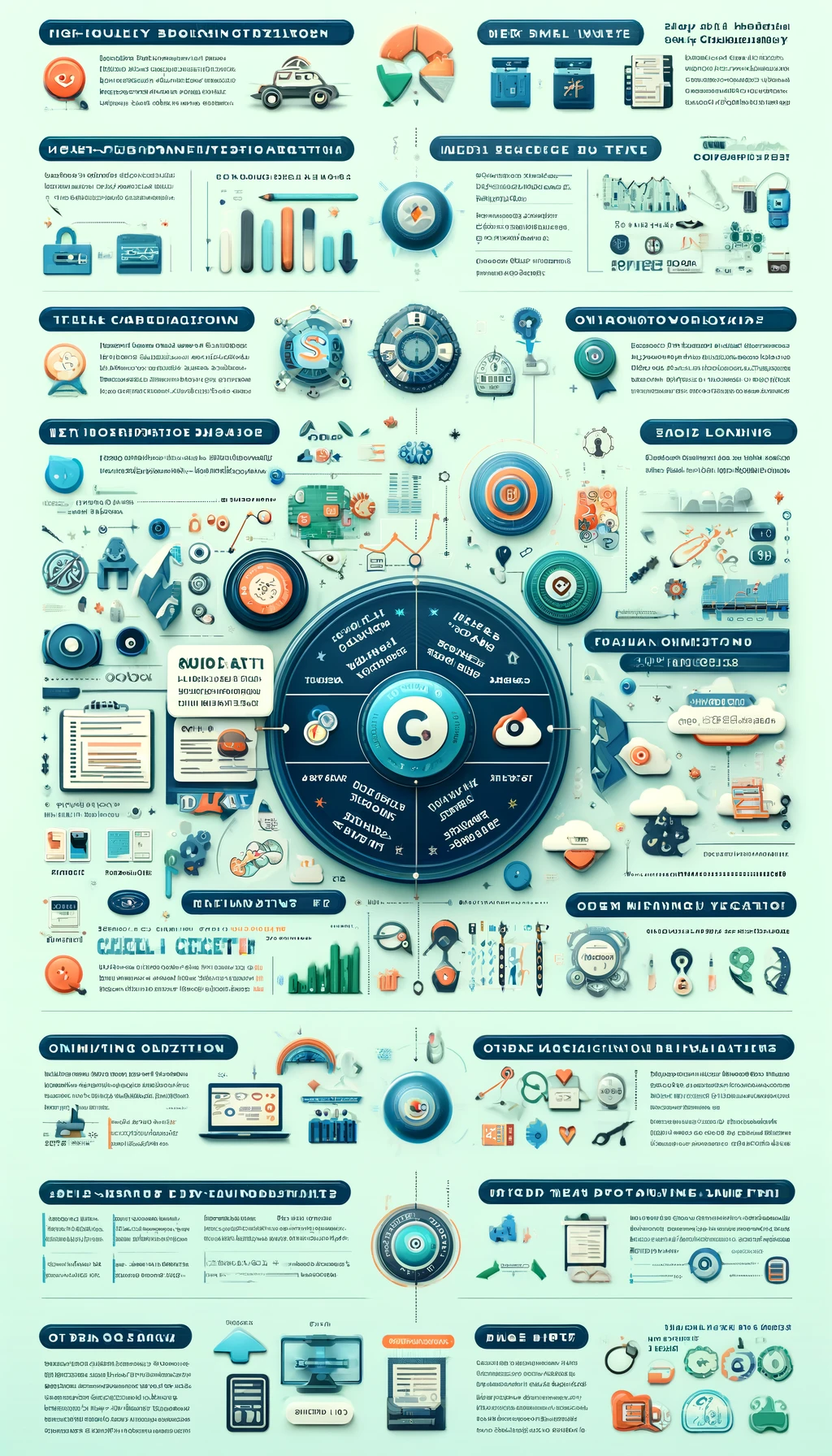On page SEO Techniques in Digital Marketing
On page SEO Techniques in Digital Marketing In the digital era, where the internet serves as the primary medium for businesses to attract, engage, and convert online audiences, Search Engine Optimization (SEO) has become an indispensable tool. Among various SEO strategies, on-page SEO holds a crucial role in improving the visibility and ranking of your website in search engine results. This comprehensive guide delves into on-page SEO techniques that are pivotal for any digital marketing strategy, ensuring your website not only attracts visitors but also retains them.
Understanding On-Page SEO
On-page SEO refers to the practice of optimizing web pages to improve a website’s search engine rankings and earn organic traffic. Unlike off-page SEO, which involves external signals like backlinks, on-page SEO focuses on enhancing aspects of your website that you have direct control over. This includes content elements, HTML code, and website architecture.
1. High-Quality Content Creation
Content is the cornerstone of on-page SEO. High-quality, relevant content serves two crucial roles: satisfying user queries and being recognized by search engines as a credible source of information.
- Keyword Research: Begin with thorough keyword research to understand what your target audience is searching for. Tools like Google Keyword Planner, Ahrefs, or SEMrush can provide insights into search terms, their volumes, and competition.
- Content Relevance: Tailor your content to meet the needs and questions of your audience. Content that directly addresses user concerns is more likely to rank higher.
- Content Freshness: Regularly update your content to keep it current and relevant. This shows search engines that your site is active and provides up-to-date information.
2. Title Tag Optimization
The title tag is a critical HTML element that specifies the title of a web page. It’s the first impression users have of your webpage on search engine results pages (SERPs).
- Accurate Titles: Ensure your titles accurately reflect the content of the pages. This helps with user expectations and reduces bounce rates.
- Keyword Placement: Place main keywords towards the beginning of the title to stress their importance.
- Length: Keep your title under 60 characters to ensure it displays fully in SERPs.
3. Meta Description Mastery
Though meta descriptions do not directly influence rankings, a compelling meta description can improve the click-through rate (CTR), a metric search engines use as an indirect signal of a page’s value.
- Engaging Summaries: Write clear and engaging summaries that prompt readers to click.
- Keyword Inclusion: Naturally include targeted keywords to show relevance to the searcher’s query.
- Length: Aim for about 150-160 characters to ensure your entire description is visible in SERPs.
4. Headings and Subheadings
Using headings (H1, H2, H3) throughout your content does more than just improve readability—it also helps search engines understand the structure and relevance of your content.
- Hierarchy: Use a clear hierarchy that includes relevant keywords in at least some of your headings.
- H1 Tags: Ensure you have one H1 tag per page, typically as the title. It’s the strongest signal to search engines of what the page content is about.
5. SEO-Friendly URLs
URLs are another essential element of on-page SEO. Well-crafted URLs provide both search engines and users an idea of what the destination page is about.
- Brevity and Clarity: Keep URLs short and filled with keywords. Avoid lengthy URLs with unnecessary parameters.
- Use Hyphens: Use hyphens to separate words in URLs, making them easier to read for both users and search engines.
6. Optimizing Images
Images enhance articles, but they also can contribute to SEO if optimized properly.
- File Names: Use descriptive file names that include relevant keywords.
- Alt Text: Alt text helps search engines understand what an image is about and serves as a text alternative for visually impaired users.
- Compression: Use image compression tools to reduce file sizes without losing quality, improving page load times.
7. Mobile Optimization
With mobile devices accounting for approximately half of web traffic worldwide, mobile-friendly websites perform better in search rankings.
- Responsive Design: Ensure your website is accessible and aesthetically pleasing across all devices.
- Mobile-First Indexing: Since Google predominantly uses the mobile version of the content for indexing and ranking, prioritize mobile optimization.
8. Page Speed
Page speed is a direct ranking factor. A faster website provides a better user experience and lowers bounce rates.
- Optimization Techniques: Leverage techniques like caching, minifying CSS and JavaScript, and optimizing image sizes.
- Tools: Use tools like Google’s PageSpeed Insights to analyze and improve the speed of your website.
9. Internal Linking
Internal links are links that go from one page on a domain to a different page on the same domain. They help establish site architecture and spread link equity (ranking power).
- Relevant Links: Use internal links to guide users to relevant and related content.
- Anchor Text: Use descriptive anchor text that provides insight into the topic of the linked page.
Conclusion On page SEO Techniques in Digital Marketing
Effective on-page SEO is not just about tweaking technical elements—it’s about enhancing the overall user experience. By implementing these on-page SEO techniques, you can significantly improve your website’s search engine visibility and user engagement. Remember, SEO is an ongoing process, requiring continuous evaluation and adjustment to stay ahead in the digital marketing game.


